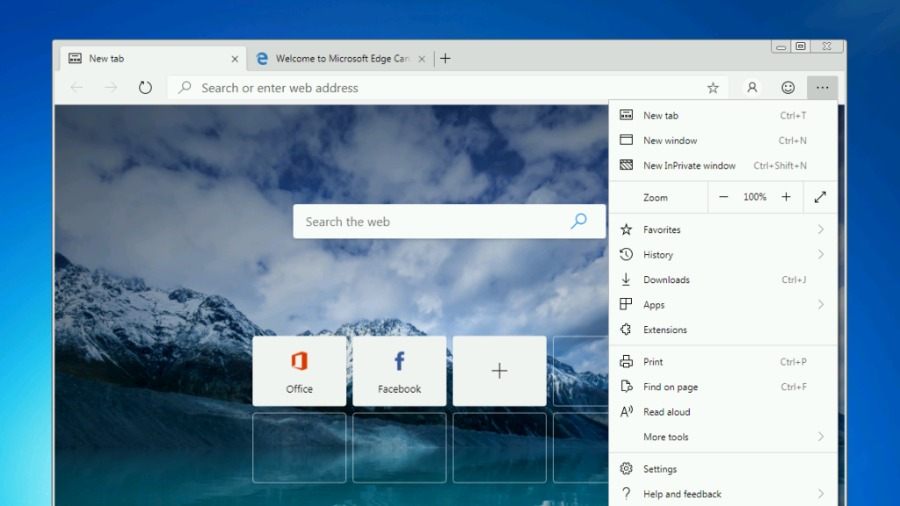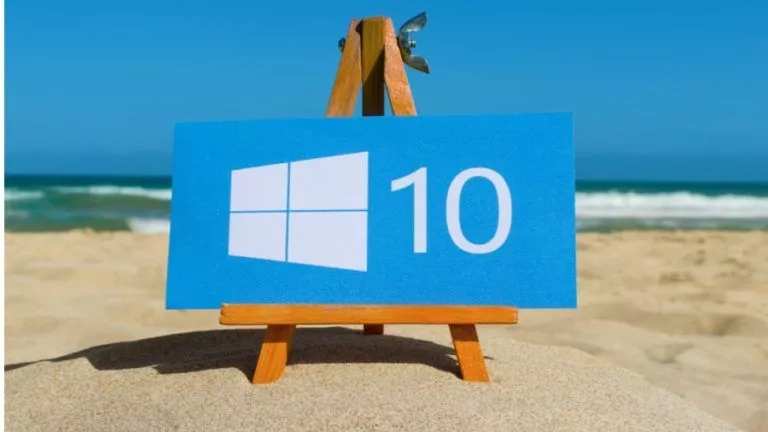Microsoft Has Finally Fixed One Of Its Biggest Problems

Microsoft has finally achieved its goal of making the Edge browser available on older versions of the Windows operating system. As you might know, the Edge Chromium insider preview builds are being pushed to Windows 10 machines for a while.
The company has opened up its Edge Canary channel to machines running Windows 7, Windows 8, and Windows 8.1. So, users of older Windows versions can finally try Microsoft’s latest browser on their PCs.
Microsoft currently maintains two release channels for its Edge browser. Canary builds are most likely to have bugs as they’re released almost daily by the development team.
The Edge Dev channel is where Microsoft releases new Edge Chromium builds every week. In a blog post announcing the update, Microsoft said it will open the Edge Dev Channel to older Windows versions in the coming days.
In the future, Microsoft will also launch a Beta channel for all platforms where it will update new builds every six weeks.
As far as the user experience is concerned, you’ll get it almost the same as you get on Edge Chromium on Windows 10. In the first look, the new Edge feels like a tweaked version of Google Chrome with a similar user interface.
However, you won’t find features like fluent design, setting tabs aside, etc. But as you start using the browser more, you start to notice the differences. Microsoft has said it will bring many of the original Edge features as the development continues.
It’s not just Windows
Last month, Microsoft officially announced the Edge Chromium Canary builds for Apple’s computers running the macOS. This is part of their wider push to fit their web browser on almost every other platform. Talking about other platforms, the Edge Chromium preview builds are available for Android smartphones as well.
How was Edge Chromium born?
Initially, the Edge browser came to life with the release of Windows 10 in 2015. Just like Internet Explorer, it came pre-loaded on Windows 10. Still, not many people could convince themselves to use it over alternatives like Chrome and Firefox.
One big reason behind the slow adoption of Microsoft Edge was the lack of browser extensions. At one point, Edge had a total of 70 extensions that users could download. I assume the numbers haven’t increased much since then. By adding support for Chromium, Edge users will be able to install tons of extensions that exist on the Chrome Web Store.
Another reason was the fact that Edge used the home-baked EdgeHTML engine and was based on Microsoft’s Universal Windows Platform. It was an initiative taken by the company to unify the app experience across devices of different form factors and use cases.
UWP wasn’t supported on Windows 7 and Windows 8, and users couldn’t install Edge on their machines. Ultimately, Microsoft has pulled back on its UWP dreams, and that’s when it decided to use Chromium as the base for Edge. As you might know, Chromium is the open-source browser that fuels Google Chrome.
Hopefully, Edge Chromium will let Microsoft claim the browser supremacy it once had in the past.
Source: Windows Blog
Also Read: What Is The Difference Between Google Chrome And Chromium Browser?






